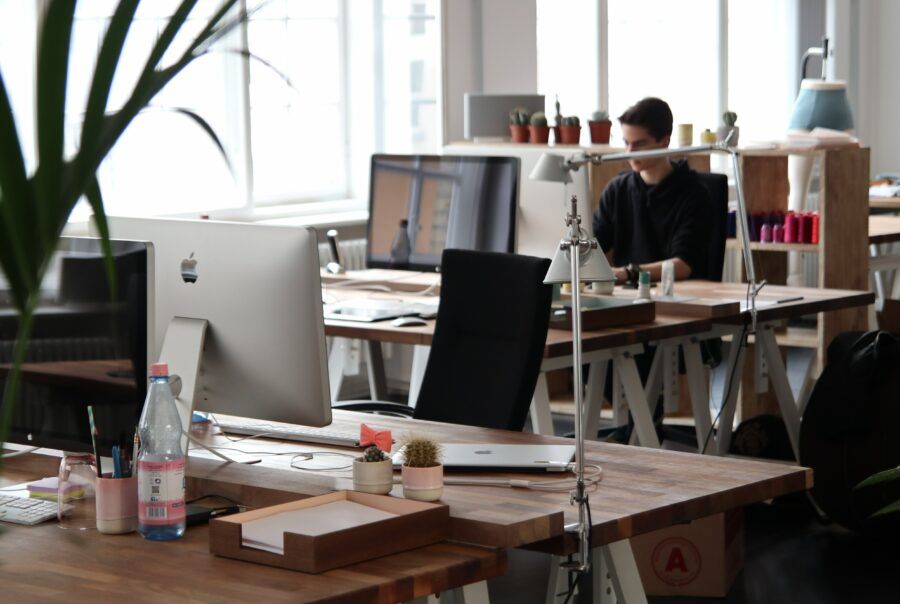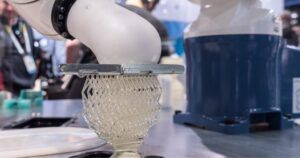User-centric design: approach to satisfying consumer needs
April 20 2022
We make it real. This simple quote shows our true vocation and brings sense to one of our value
proposals: to make our clients’ dreams and ideas come true in order to satisfy the needs of the final consumer.
At IDELT we face this challenge in a holistic way: we set ourselves the most ambitious goals from an aesthetic point of view, but also from functionality approach. We give crucial importance to design, but we know that excellence requires other additional elements such as customer support, innovation, efficiency and, above all, viability. An aesthetically attractive proposal is of no use unless it is accompanied by an analysis that guarantees the viability of the product, production or deadlines, and that it is in line with budgetary criteria, among many other things.
For this reason, design development at IDELT has an integral approach and involves three
processes:
- Creative or conceptual design. We draw and present different aesthetic proposals of the product so that the client can choose the one that fits his idea and make sense of the solution from the final user’s point of view.
- Mechanical design or product development. We explain graphically how the product will work and recreate how it will behave when it reaches the market.
- Manufacturing design. This process covers different variables, like the way it is injected, the choice of the most suitable materials, the aesthetics of the part, its dimensions and thicknesses, etc.
We work together with our clients to optimize the technical and economic requirements of our solutions, and to offer them state-of-the-art and customized proposals. This integral service focused on the customer and, therefore, on the final user is what differentiates us from design studios, and what has made us a reference in the production of exclusive plastic parts with high added value.
To carry out our user centric design strategy, we involve our clients throughout the creative process to achieve an attractive product that considers their needs and the user’s environment. This type of methodology translates into several tangible advantages:
- Fulfillment of product expectations. Involving the customer and always thinking about the final user in the design and prototyping phases makes it easier for the products to meet the expectations with which they were conceived. This translates into increased profitability and lower costs.
2. Safer and more reliable design. This approach results in the manufacture of safer solutions, with a reduced risk of error: this efficiency improves the ergonomics of the design.
3. More sustainable companies. User-centered design reflects the values and concerns of
users, which some companies have already begun to adopt as their own. NER Group
is a good example of this.
This integral service is what has made us a reference in the production of exclusive
plastic parts with high added value.







